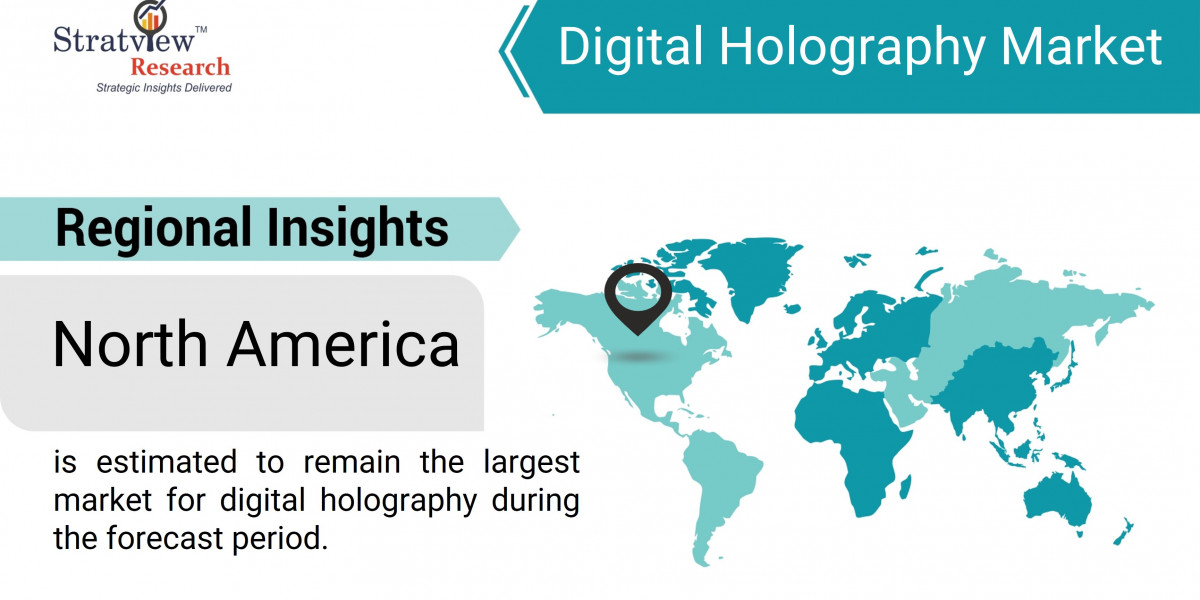According to Stratview Research, the digital holography market was estimated at USD 3.5 billion in 2022 and is likely to grow at a CAGR of 19.51% during 2023-2028 to reach USD 10.21 billion in 2028.
In an age where technology continues to push the boundaries of what is possible, the realm of visual imaging is undergoing a profound transformation. Digital holography, once the stuff of science fiction, has emerged as a cutting-edge technology with applications ranging from medical imaging and microscopy to automotive displays and augmented reality. As this innovative field continues to advance, the digital holography market is experiencing significant growth, driven by the demand for high-quality imaging solutions and immersive visual experiences.
Understanding Digital Holography
Digital holography is a technique that captures and reconstructs three-dimensional images using digital sensors and computational algorithms. Unlike traditional photography, which records only the intensity of light, holography captures both the intensity and phase information of light waves, enabling the creation of lifelike 3D images with depth and perspective.
The process of digital holography begins with the recording of interference patterns generated by the interaction of light waves with an object. These interference patterns, known as holograms, are captured by digital sensors and processed using specialized software to reconstruct a three-dimensional representation of the object. The resulting holographic images can be viewed from different angles, providing a realistic and immersive visual experience.
Applications Across Industries
The versatility of digital holography has led to its adoption across a wide range of industries, each harnessing its capabilities to address specific needs and challenges.
In the medical field, digital holography is revolutionizing diagnostic imaging and biomedical research. Holographic microscopy enables researchers to study biological samples with unprecedented clarity and detail, providing insights into cellular structures and dynamic processes at the microscopic level. Moreover, holographic imaging techniques are being explored for applications such as medical diagnostics, ophthalmology, and non-invasive 3D imaging of tissues and organs.
In automotive design and manufacturing, digital holography is used for quality control, metrology, and prototyping. Holographic displays enable engineers to visualize and manipulate 3D models of vehicles, components, and assemblies with greater accuracy and efficiency. Furthermore, augmented reality (AR) systems incorporating holographic displays are being developed to enhance driver assistance systems, navigation, and in-vehicle entertainment.
In the field of entertainment and media, digital holography offers new possibilities for immersive storytelling and visual experiences. Holographic displays and projection systems enable the creation of lifelike 3D images and animations that captivate audiences and blur the line between reality and fiction. From holographic concerts and art installations to virtual reality (VR) experiences and gaming, digital holography is redefining the way we engage with visual content.
Driving Market Growth
The growing demand for high-quality imaging solutions, coupled with advancements in hardware and software technologies, is driving the growth of the digital holography market. Technological innovations such as holographic displays, holographic cameras, and holographic projection systems are expanding the range of applications for digital holography across industries.
Moreover, the increasing adoption of digital holography in medical diagnostics, automotive design, entertainment, and other sectors is fueling market growth. As businesses and consumers alike recognize the value of immersive visual experiences and 3D imaging solutions, investment in digital holography research and development is on the rise.
Looking Ahead
As the digital holography market continues to evolve, the possibilities for innovation and application are virtually limitless. From medical imaging and manufacturing to entertainment and communication, digital holography promises to revolutionize how we perceive and interact with the world around us. As the saying goes, seeing is believing—and in the world of digital holography, the future looks brighter and more immersive than ever before.







